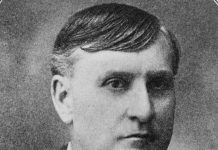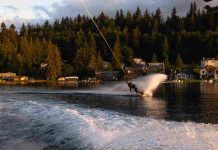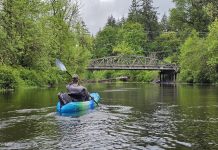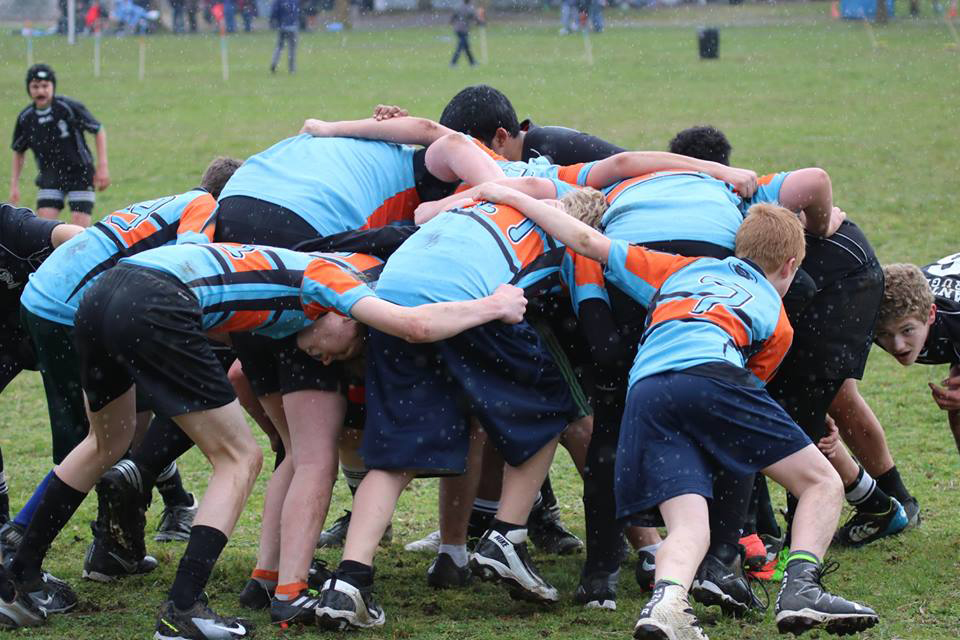All eyes are on Craig Brown as he addresses his Chuckanut Bay Rugby Minis, a green clad group of youngsters many of whom are getting their first taste of the sport.
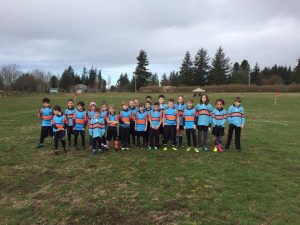
Brown asks the squad, through a show of hands, who has played football before. A majority of the arms go up. His follow-up question inquires how many play quarterback.
The arms drop.
But that’s football. This is Rugby. It’s different.
“Here they’re all the quarterback,” Brown said. “We always remind them of that.”
Whenever Brown reiterates this line of thinking to his young players, those whose hands didn’t remain up following his second question smile.
After all, who doesn’t want to be the quarterback?
“We think in terms of all skills for all positions. All of the kids become the quarterback or the running back in rugby,” Brown said. “All get to run with the ball, all play offense and defense, all get to score. They love it. It’s a very pure team sport.”
And a sport that is expanding at a rapid pace worldwide as it is the fastest growing team sport around.
Locally, Chuckanut Bay Rugby has certainly played a role in helping that become a reality.
The club was inaugurated in 1973 by a group of Western Washington University graduates. It was solely a men’s club initially before dissolving in the mid-1990s.
Resurrected in the early 2000s, the club’s second go-around had a much different look and feel.

Gone was the boys’ only mentality. With it came a shift away from primarily being a playground for former Vikings. The new-look Chuckanut Bay Rugby Club shifted its focus towards building up the area’s youth rugby program.
The changes have been a resounding success as no other club in the region – which includes Washington, Oregon, Idaho, Montana and Alaska – have groomed and developed more USA All-Americans and National team members than Chuckanut Bay – no small accomplishment given the fact many other clubs draw from a much larger metropolitan population.
The Chuckanut Bay youth program is broken into two groups, each consisting of three sub-divisions.
There’s the Minis – a group comprised of kindergarteners through sixth graders – and the Youth Team – which is made up of seventh graders through high school seniors.
Brown is in his third different positon with the club.
His first stint began in 1987 as a player during his senior year of high school and lasted until 1993. Towards the end of his first run he also coached the high school team for a handful of years before taking a 10-year hiatus.
A return in 2003 saw him coach the U14 and U16 teams, while also serving as club administrator, through 2006.
Brown’s latest involvement kicked off in 2016 with him taking over as the Mini rugby coordinator. Of the three tenures, the current one may be the most enjoyable as he now has added interest in kids taking part and finding enjoyment in the sport he loves.
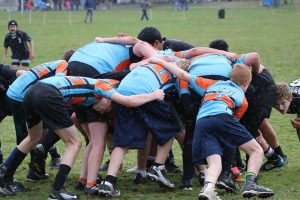
“As a father of three, and with my son, who is four,” Brown said, “I want him to have the opportunity to play rugby and see if it’s his sport as well, as he ages into the club. With this, my new mission is to grow our mini rugby program to have 100 plus K-6 grade kids playing rugby.”
Through the efforts of Brown and his fellow Chuckanut Bay coaches, the club is well on its way to achieving that lofty goal as the club has seen a boom in youth involvement over the past three years.
The Minis compete in three different groups with kindergarteners playing with first and second-graders, third and fourth-graders comprising a division, and fifth and sixth-graders making up the last team.
Grades kindergarten through fourth is non-contact as the main focus is on developing an overall understanding of the sport while at the same time working on athletic development, hand-eye coordination, footwork, evasive running, passing and catching the ball. Games at this age level usually consist of five-on-five or seven-on-seven play.
Contact begins in grades five and sixth as they play a modified version of 12-on-12 with a strong focus on proper tackling technique and other areas of the game that involve technical development to assure safety for the athletes.
“The people who enjoy rugby seem to completely fall in love with it,” Brown said. “It’s something they will do for the rest of their lives.”
According to Brown, more times than not, when someone does get introduced to rugby it usually goes this route.
For more information on Chuckanut Bay Rugby Club, including registration, visit chuckanutrugby.com.






